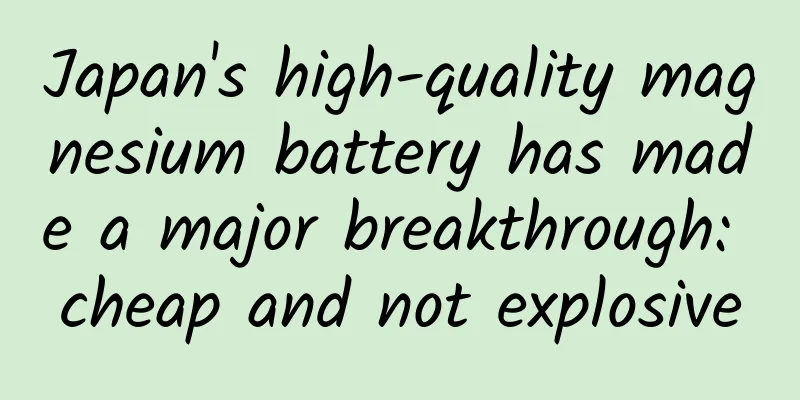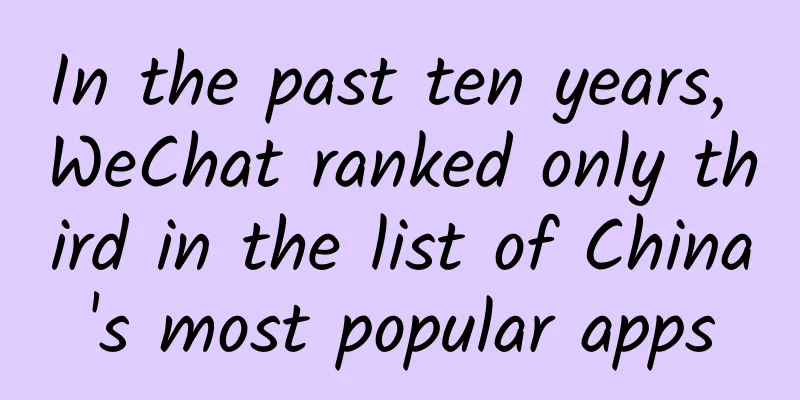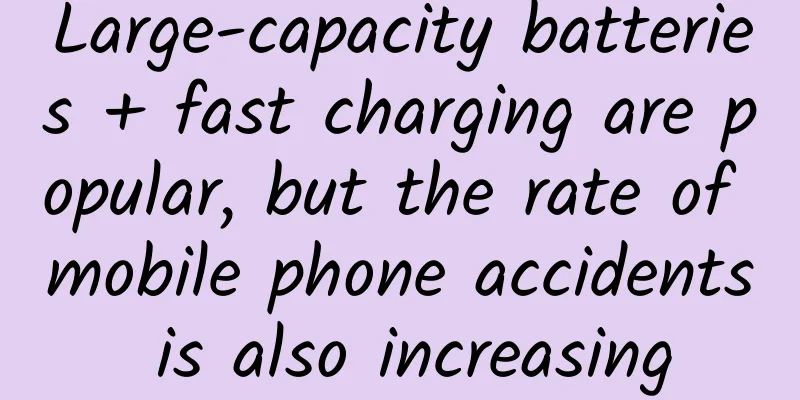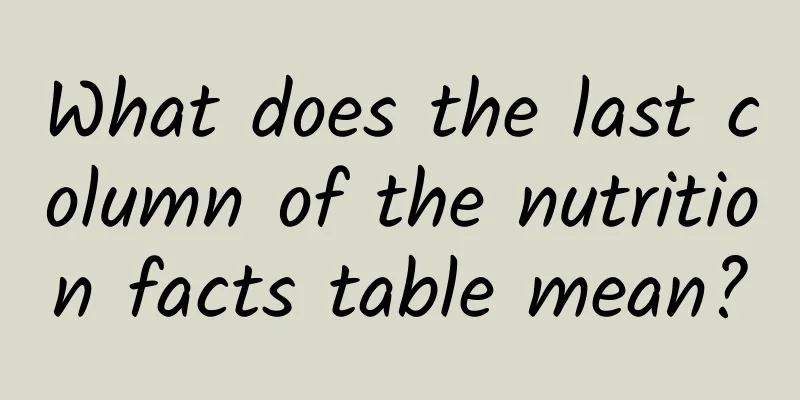Bubble Blowing Science Instruction Manual

|
Produced by: Science Popularization China Author: Guo Fei (Yantai University) Producer: China Science Expo Colorful soap bubbles flying in the air is probably a childhood memory that everyone has. (Photo source: Veer Gallery) In fact, the generation of bubbles is not only a very common phenomenon in daily life, but also involves the generation and elimination of bubbles in many industrial fields. Moreover, processing these tiny bubbles may be an important link in the industry. This also makes scientists have a childlike interest in bubbles. Today's article will explore the mystery of bubbles and guide you on how to blow bubbles scientifically! Macro photography of soap bubbles by Pashminu (Image source: Wikipedia) Love you hate you is worse than study you The generation of bubbles is a natural phenomenon that we are accustomed to, but in fact bubbles are an important factor affecting the quality of industrial products. For example, when electroplating a metal surface, a large number of bubbles are often generated near the surface of the coating as the process progresses, so a certain amount of defoaming agent needs to be added to the formula to avoid pore defects in the coating. Similar to this is the melting process of metal and glass. We also hope to suppress bubbles and minimize the appearance of pores in metal castings or glass products that affect quality. Porosity in Castings, by Orion Lawlor (Image source: Wikipedia) In addition to affecting certain links in the industry, bubbles in nature may also cause trouble to people. We often see a lot of foam floating on the surface of natural water bodies with poor fluidity, such as lakes. These foams are rich in surfactant, so they are not easy to break. They float on the water surface and have a strong adsorption effect on suspended matter and microorganisms floating in the water. These bubbles are not as harmless as they appear. If they happen to appear on polluted water, they will release a large amount of aerosols into the surrounding area when they break, causing the surrounding area of the lake to be polluted. Therefore, in the process of water pollution treatment, the first thing to do is to salvage the floating foam on the surface. A polluted river in Southern California, USA, with a lot of white foam clearly visible (Image source: Wikipedia) Bubbles are often our troubles, but they can also be our friends at other times. In contrast to defoamers, foaming agents are chemicals that intentionally produce large amounts of gas. For example, in the production process of certain plastics, foaming agents will produce a large number of uniformly sized holes in plastic products. These holes can greatly reduce the density of the finished product, thereby reducing costs and providing a lighter user experience. In addition, a large number of pores can also block the spread of heat, so the insulation layer of the exterior wall of a house is often made of foamed plastic materials; fermentation in the pastry making process and foaming cream are common applications of bubbles in life. Because bubbles are so common and have a significant impact on production and life, scientists have been studying bubbles for hundreds of years. Mathematicians use bubbles to explore the relationship between the volume and surface area of objects in space, such as the maximum building space under the same surface area; chemists study the chemical properties of bubbles, such as developing new surfactant ingredients; and physicists try to describe the behavior of soap bubbles, such as their evaporation and breakage. The Water Cube with bubble design elements, by Charlie Fong (Image source: Wikipedia) New discovery of bubbles, will humans be able to blow "perfect bubbles"? Recently, a team of French scientists discovered some new behaviors of soap bubbles, and even made the kind of "perfect bubbles" you want, which are big and not easy to burst. Before discussing how to create stable bubbles, let’s first look at this question: Why do soap bubbles eventually burst? Under normal conditions, soap bubbles will inevitably burst after they are formed. This is because soap bubbles are essentially thin films formed by liquids, which will naturally evaporate after they are formed. As the evaporation progresses, the material on the surface of the film becomes less and less, and eventually there will be a moment when some weak points appear on the originally complete soap bubble, causing the entire soap bubble to burst. In previous physical models describing the behavior of soap bubbles, scientists generally assumed that the temperature of the bubbles was the same as the temperature of the surrounding environment. However, this study by French scientists found that this assumption is not accurate. They found that when soap bubbles evaporate, the surface temperature does not remain consistent with the surrounding environment, but will drop significantly, and the temperature difference will also vary with the composition of the soap bubble solution. In more extreme cases, the temperature of the soap bubble surface is even 8°C lower than the surrounding environment. Now that we have this key information, can we easily create bubbles that are harder to burst? In fact, the research results of French scientists are far from establishing a mathematical model for the stability of soap bubbles. On the contrary, some of their experimental conclusions have made this model more complicated. In short, the French scientists' research also tells us that predicting when a certain composition of soap bubbles will burst is a very challenging problem. In addition to considering evaporation at different temperatures, there is also the influence of gravity. After all, gravity is the main reason why the liquid in the soap bubble film gradually moves downward, making the top of the film thinner and thus bursting. Soap bubbles frozen at -7°C, by Larry-pilot, (Image source: Wikipedia) 'Perfect Bubble' soap liquid formula revealed Many people may have had the experience of trying to prepare soap bubble solutions by themselves, but once they actually try it they will find that it is not an easy task to make the bubbles large, numerous and long-lasting. If the soap bubble solution is simply soapy water or detergent water, although there will be very rich bubbles, it is difficult to make the bubbles bigger, and the bubbles will burst quickly. Therefore, the vendors selling soap bubble toys really have some core competitiveness. Their secret soap bubble liquid formula actually has a lot of mystery. Children blowing soap bubbles (Image source: Wikipedia) Although it is difficult for scientists to establish a mathematical model for the stability of soap bubbles, the French scientists who led this experiment have also prepared for us a soap bubble liquid formula they developed. Using this formula, soap bubbles can not only be easily blown to a diameter of more than 5 cm, but also last for about 1 hour! This recipe contains 40 ml of dishwashing liquid, 100 ml of glycerin, 1 gram of guar gum and 1 liter of water. If you have these materials at home, you might want to try this soap bubble liquid recipe from a top physics journal! References: 【1】The physics behind building an enduring soap bubble https://arstechnica.com/science/2023/01/the-physics-behind-building-an-enduring-soap-bubble/ 【2】Measurement of the temperature decrease in evaporating soap films https://arxiv.org/pdf/2212.07104.pdf 【3】Why does foaming hand sanitizer produce foam with just one press? https://k.sina.com.cn/article_5104880035_1304649a3019018m71.html 【4】The durability of latte milk foam and cream foam is related to the consolidation principle and temperature. https://m.gafei.com/views-130207 【5】Bubbles Have an Unexpected Chill https://physics.aps.org/articles/v15/s173 Editor: Guo Yaxin |
<<: There were "flush" toilets 2,400 years ago?!
>>: How did Chinese tea conquer the world?
Recommend
Which kind of tea is the most effective in removing oil? What kind of tea is best for women to drink to remove oil?
Which kind of tea is the best for removing oil? I...
Exchange cooperation tutorial: Things you don’t know about exchange
1. The significance of volume exchange cooperatio...
Short video planning company, how to choose a good short video production company?
How to choose a good short video production compa...
[Case] 18 methods of social marketing of Durex!
How to judge whether something is really popular?...
2022 Taobao's full-system courses will trigger search and recommendation traffic, and new products will trigger search explosion
2022 Taobao's full-system courses will trigge...
Operators, how can you track hot spots correctly and efficiently?
I believe that our operations colleagues, especia...
Social marketing methodology, 5 tips to say goodbye to the fan-centric approach of flooding the screen with products for sale!
Private domain traffic is a world view, and commu...
Brief discussion: Gorgeous copper is comparable to gold
one Copper is very expensive, 68,760 yuan per ton...
How do I implement offline caching of web pages step by step?
How to implement offline caching strategy for a h...
Volvo is caught up in a controversy over counterfeit audio systems, Bowers & Wilkins becomes Bowers & Wilkins fake audio systems, where are the interests of users?
Volvo, which rarely has scandals, has recently be...
A new round of manned lunar landing is approaching. How many highlights are there?
Recently, Lin Xiqiang, deputy director of the Chi...
How to create an excellent C-end component library? Let’s take a look at the actual cases of Shell Design!
"Components" are a very important part ...
The opening rate of 80% of WeChat public accounts is less than 5%. How can we break the deadlock?
In the blink of an eye, a quarter of 2017 has pas...
From Yuanqi Forest, Zhong Xuegao... to see 4 growth strategies of new consumer brands
Why have fast-moving consumer goods such as Yuanq...
Temple of Heaven - Sound Transmission Magic or Ancient Technology?
The Temple of Heaven is the place where ancient e...









